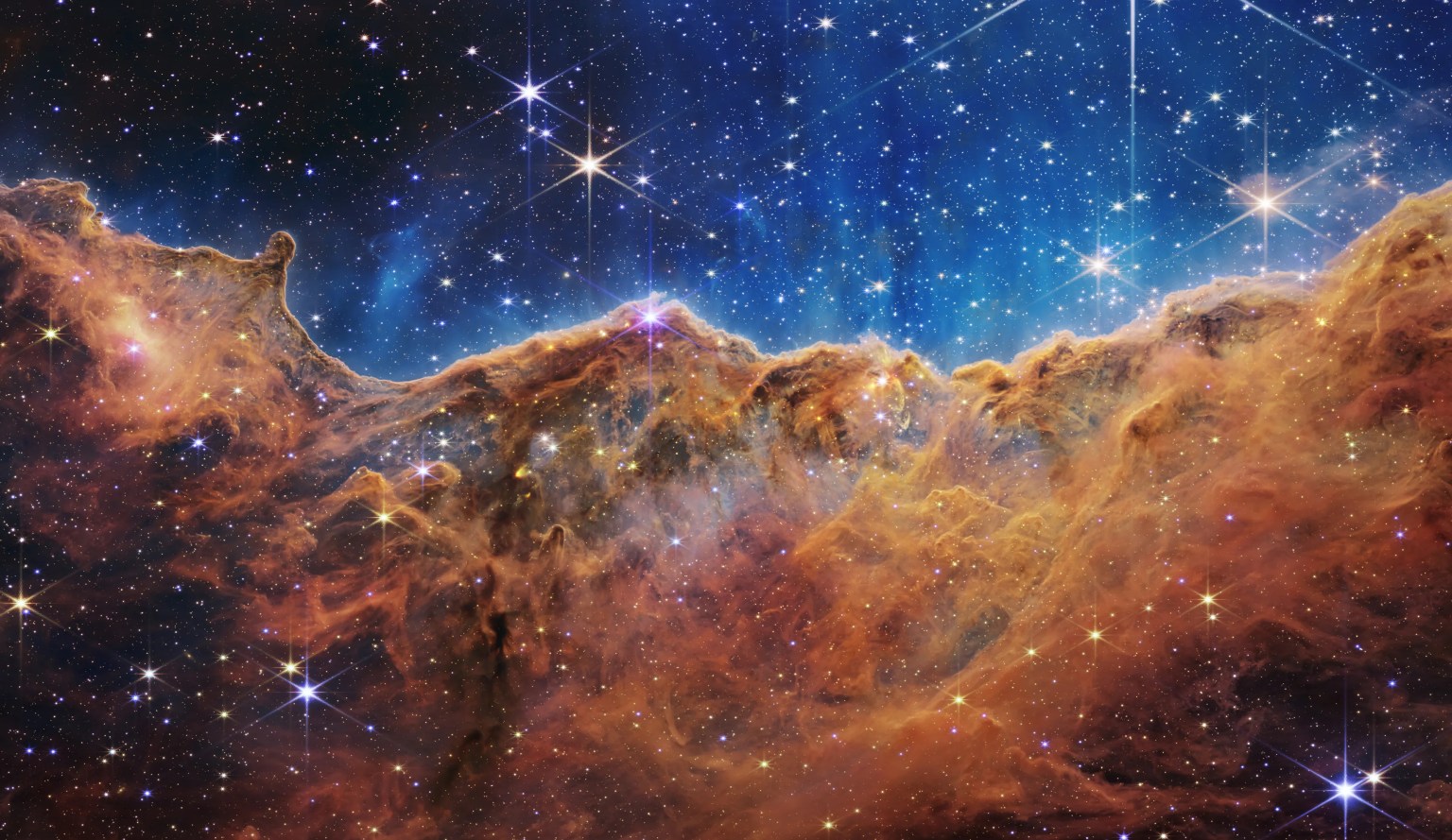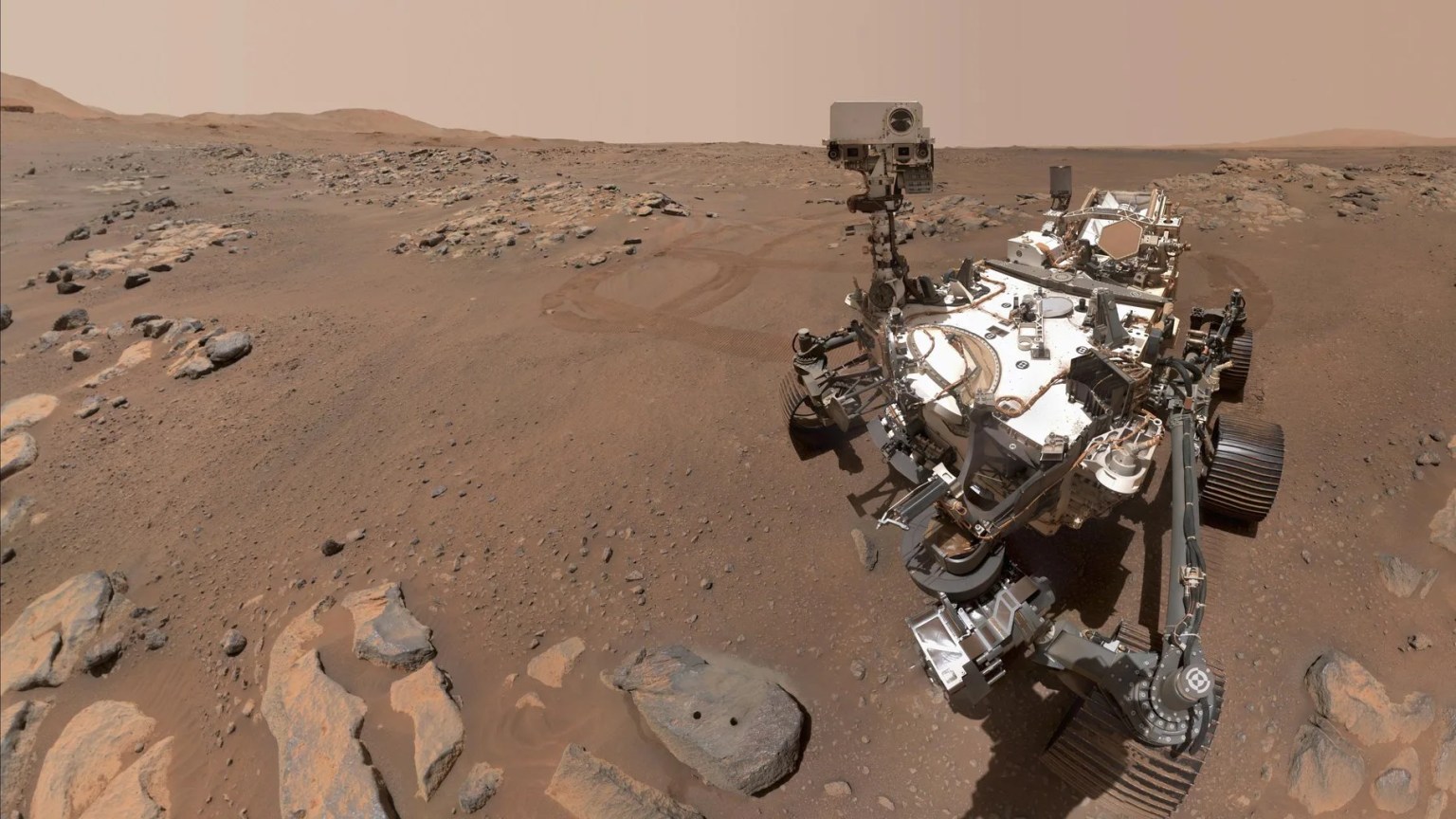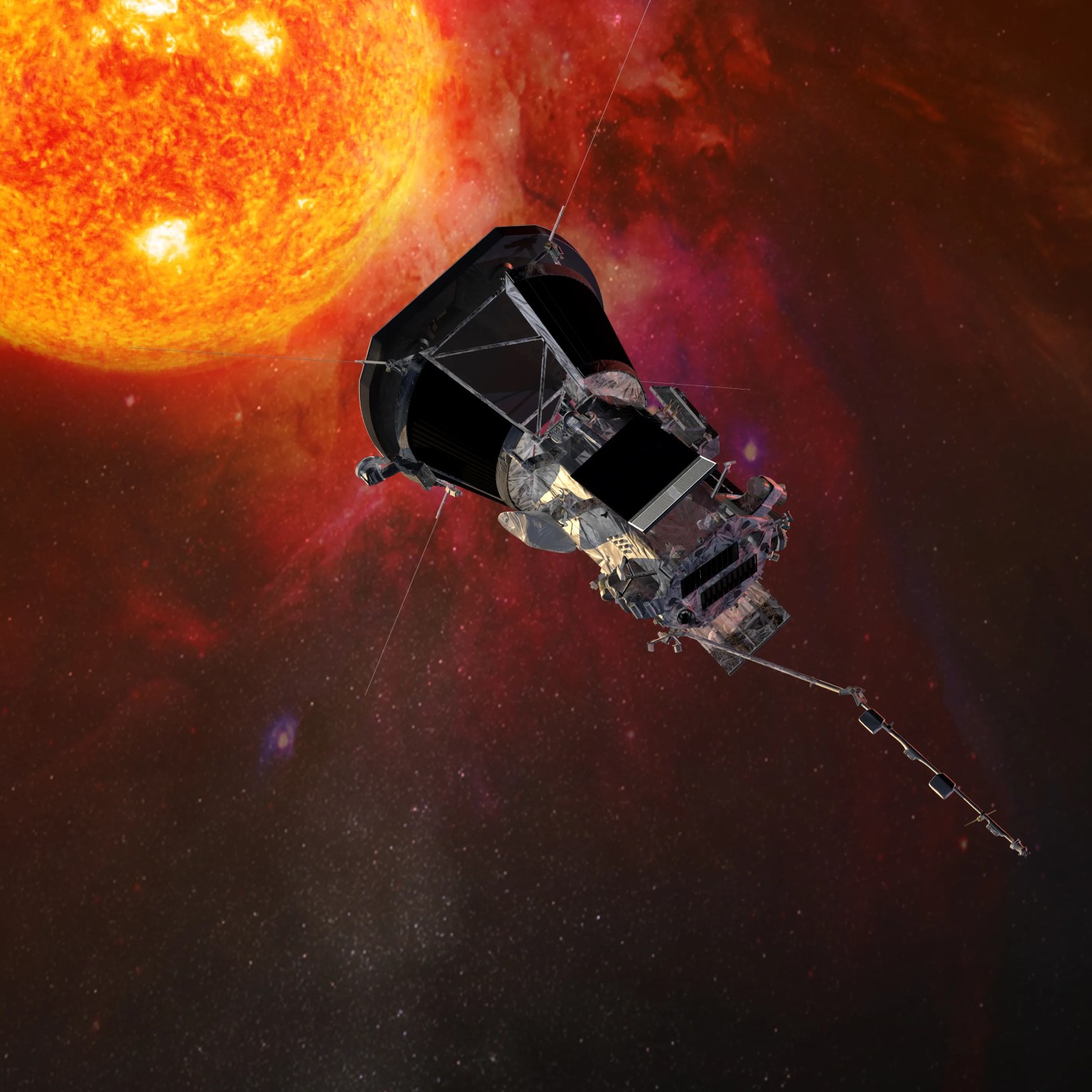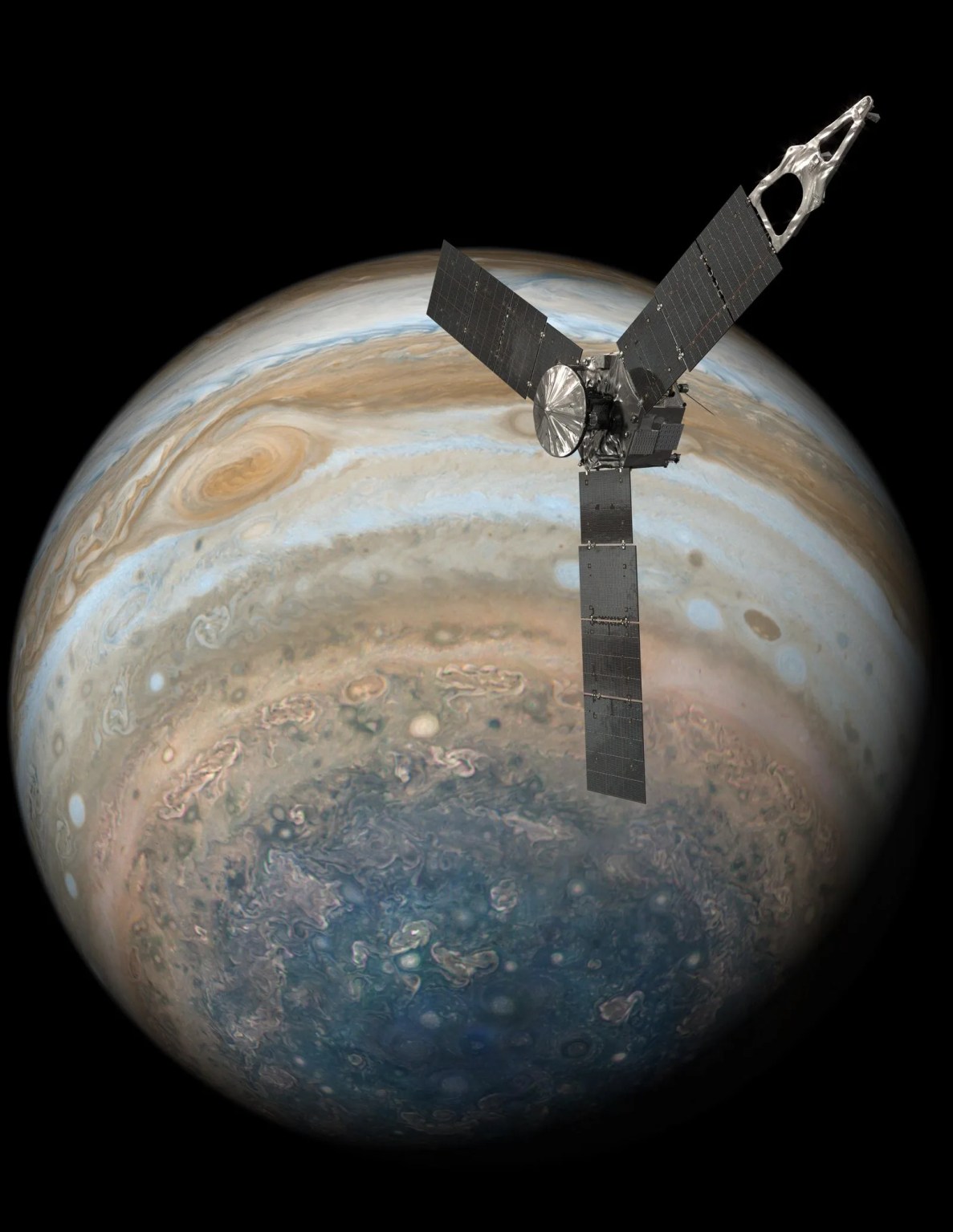What drives the constant change we observe on our Sun?
Our star varies in every way we can observe it. The constant movement of the plasma, the charged material the Sun is made, leads to changes on timescales from milliseconds to billions of years. We see giant solar eruptions such as solar flares and coronal mass ejections that can last minutes to hours. We see dark sunspots form, grow and disappear on its surface over weeks. The magnetic poles of the Sun flip approximately every 11 years causing a solar cycle that has been meticulously tracked since the 1600s. And over millennia, the total energy output of the Sun at any given time is known to change.
As we live in the extended atmosphere of this star—which dominates our solar system and sustains life on Earth—we need to understand what drives such variation. What's more, knowledge of what powers the Sun helps us create better models to predict what kind of radiation and energy it may send our way. Such information also teaches us about other stars throughout the universe.
NASA observes the Sun and studies its processes with such missions as Parker Solar Probe, the Solar Dynamics Observatory, the Solar Terrestrial Relations Observatory, the Interface Region Imaging Spectrograph, the joint ESA/NASA Solar and Heliospheric Observatory and Solar Orbiter, the joint JAXA/NASA Hinode, and more.




























